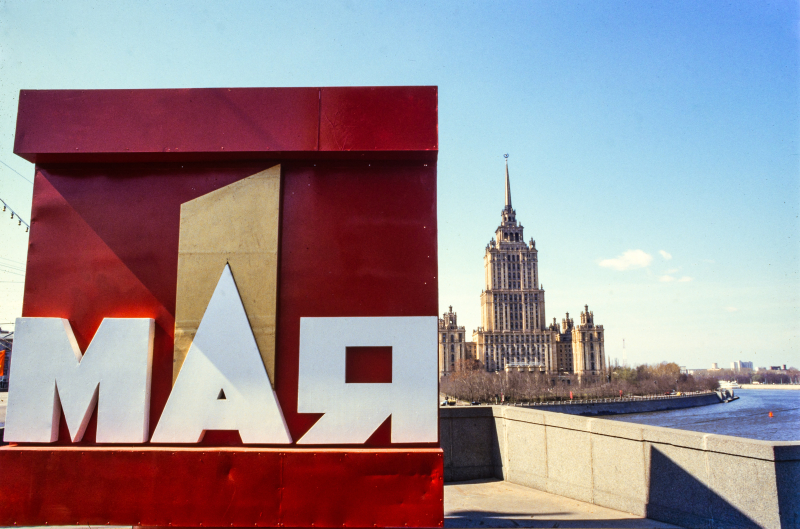Throughout the world history, there were always festivities that took place in the first days of May; for instance, most European countries have their own traditional May Day holidays that herald the true coming of spring and date back to pagan times. These include Scotland’s Beltane, Welsh Calan Mai, or the Floralia of the Ancient Rome. In today’s Russia, however, the significance of this date stems from a different source.
As the holiday’s very name suggests, its origin has much to do with the labor movement. The first ones to hold marches and demonstrations in early May were Australian workers, who commemorated their successful struggle for an 8-hour working day and the general improvement of working conditions.
Still, it took a tragedy, rather than a celebration, for the date to become widely recognized by the international community. In 1886, the Haymarket massacre occured in Chicago when a peaceful rally in reaction to the killing of several workers by the police ended in provocations, bombing, gunfire, and later an execution of seven members of the Chicago anarchist movement. In just four years the 1st of May had become an international event that symbolized the workers’ struggle towards securing a better future, and the Labor Day started to take place in many countries throughout the world.
In Russia, the first May Day demonstrations took place in 1890; it was at about the same time that dissidents started to have “mayovkas” - gatherings in the countryside disguised as innocent picnics.
After the October Revolution in 1917, the International Workers’ Day became an official holiday; it was celebrated each year with a major parade at which top political figures gave infamously long speeches, congratulating the people on the county’s political and economic accomplishments. At that time, Pervomai (from “Pervoe Maya”, which stands for the First of May in Russian) was considered amongst the most important annual events, much on par with the celebrations on November 7, and even more important than the New Year; during a particular period in the Soviet history, participation in the May 1st demonstrationns was even considered mandatory.
Over the past couple of decades, people have started to see it as just an additional day off; the old tradition of having picnics in the countryside or going to one’s dacha was reestablished - though this time, with no connection to secretive political movements.
So, what’s Day of Labor and Spring like in today’s Russia? Surely, you can still witness the traditional Labor Day events, which now gather representatives of different political movements; in St. Petersburg, the main demonstration starts at 10 am, with participants marching on the Nevsky Prospect.
May 1st is also becoming a popular date for other politically or socially-charged events: this year, it will be the date of the March in Protection of St. Petersburg, which aims to draw attention to the problem of preservation of the city’s historically valuable buildings, while representatives of the communist movements will also hold their own celebration at the Lenin Square. Still, the beginning of May is deemed a perfect time to get out of the city, as in St. Petersburg, it truly heralds the coming of the warm days, meaning that most people will be celebrating spring, not labor, and making the most of this holiday by going on picnics or just spending time with their family and friends.

